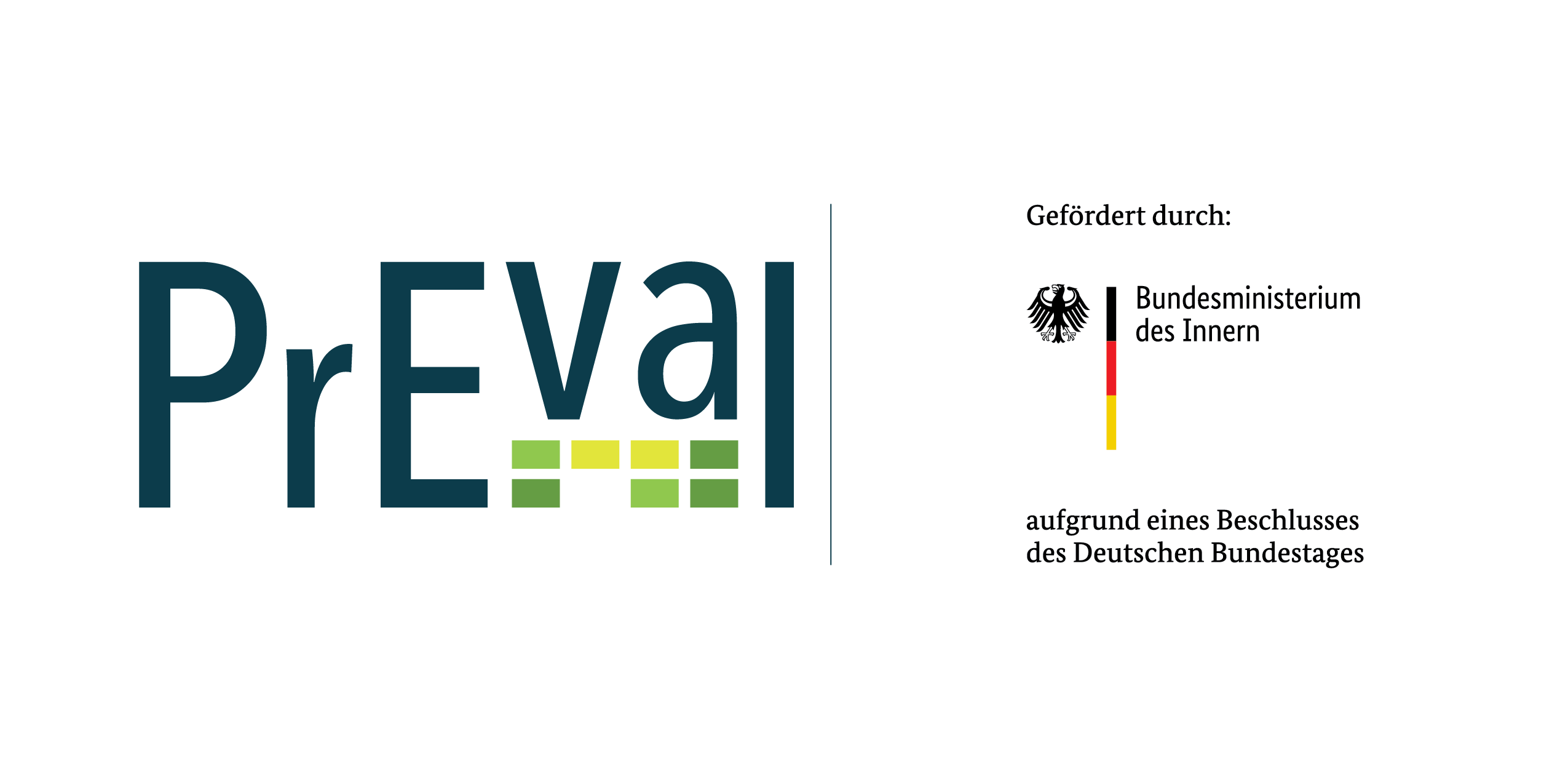Beyond Religion
Learning From the Shift Toward a Wider Understanding of Extremism in P/CVE Programming

On December 20, 2024, Taleb al-Abdulmohsen, a 50-year-old Saudi-born man living in Germany, drove into crowds at a Magdeburg Christmas market, killing six people and injuring 323 others. Raised Muslim but now an outspoken critic of Islam (with sympathies for the far-right Alternative für Deutschland party), al-Abdulmohsen’s case illustrates the broader and growing prevalence of extremism that defies traditional classification.
Survey results among international experts underscore a rising concern about the prevalence of hybrid forms of extremism, ranging from conspiracy-fueled violence around COVID-19 to the incel movement and to actors who mix racist, misogynistic and anti-establishment views with personal grievances or trauma. These forms of extremism do not neatly fit the traditional ideological categorizations (“Islamist,” “right-wing,” “left-wing,” “ethnonationalist”) that most “preventing and countering violent extremism” (P/CVE) models have previously relied on.
But is this hybrid extremism really a break from the past? Or is it older, but historically obscured by the desire to neatly categorize and label complex human behavior? As many governments across Europe and the US sought to weed out the threat of terrorism following a series of tragic terrorist attacks in the early 2000s (9÷11, the 2004 attacks in Madrid, the 2005 attacks in London), P/CVE models were dramatically expanded upon, predominantly framed around Islamist extremism. It eventually became clear that the use of rigid, religion-focused categorization not only misdiagnosed threats but also led to ineffective programming, the marginalization of individuals and communities, and hamstrung evaluation models that were unable to highlight faults in the approach.
Many governments eventually course-corrected, adopting wider understandings of the drivers of extremism and developing programming and evaluation systems that embraced the complexity of radicalization pathways. This report seeks to understand this shift: Why did it happen, and what role did evaluations play in it? In theory, evaluations in P/CVE should be the key instrument through which organizations learn what works (and what does not). In practice, however, the impact of evaluations has often been limited. As previous work by GPPi has found, there are a number of reasons for this lack of impact, ranging from poor political and economic investment to an unwillingness to learn from past mistakes. By exploring why evaluation has had limited impact in recognizing the flaws in governmental approaches to countering extremism, this study aims to help policymakers develop evaluation models and cultures that are better equipped to adapt to incoming evidence. Doing so will not only improve programming and evaluation aimed at religious extremism, but also those targeting other complex, emerging forms of extremism.
This paper first explores the above-mentioned shift in European and US national policies. Then it asks why, over the course of many years, evaluation systems and cultures failed to highlight flawed governmental approaches. It distills the following three learnings from this analysis (taking aim at both the evaluation systems and the wider cultures in which evaluation was rolled out):
- Evaluation systems could not dispel the belief that religion was the main motivating factor behind extremist pathways, because they were asking the wrong questions. Questions tended to focus on attitude change (e.g., how much people’s opinion towards religion had changed over the course of programming), which meant it was difficult to understand whether other factors (like a desire for a sense of belonging or employment prospects) had a big(ger) impact on their decision to join extremist groups or commit acts of violence.
- Evaluation systems often relied on output-oriented, quantitative measures, which limited their ability to raise complex issues (such as the multiple and interconnected drivers of extremism) or to record unexpected results, which may have challenged established wisdom on the importance of religious beliefs.
- Cultures surrounding these systems were not open to change. Even as research from academics and civil society highlighted the importance of considering factors beyond religious beliefs, governments could only have changed their approach if they had engaged with such external actors – which they did not.
Finally, the paper turns to how relatively inexpensive changes to programming and institutional structure have dramatically improved evaluation systems’ ability to see the whole problem and avoid pigeonholing results based on researchers’ and donors’ assumptions:
- An iterative learning approach which allowed practitioners working with donors to constantly learn from past programming, ask difficult questions about whether their model for assessing success was still valid, and draw up strategic lessons from these conversations.
- A threat-agnostic approach prevents making the fatal mistake of prioritizing certain drivers (and therefore, certain types of programming) above others and allows for a more adaptive approach.
- Meaningful coordination between key stakeholders (especially frontline practitioners) ensured that all perspectives on key drivers of extremism were accounted for and that strategic lessons could be learned.
This report is based on a literature review of global P/CVE approaches, as well as on semi-structured interviews with 23 policymakers, practitioners and experts based in the UK, the US, Canada, Germany, and Kenya. It considers both domestic and international programs, including those funded by the UK Foreign, Commonwealth and Development Office (FCDO), the US Agency for International Development (USAID) and the US State Department. It draws on experiences and voices from the development sector, acknowledging that domestic P/CVE programming has much to learn from this sector.

This research was funded by the Federal Ministry of the Interior as part of the project“Evaluation and Quality Management in Extremism Prevention, Democracy Promotion and Civic Education: Analysis, Monitoring, Dialogue (PrEval).”
More information on PrEval can be found here and on the project’s website.







